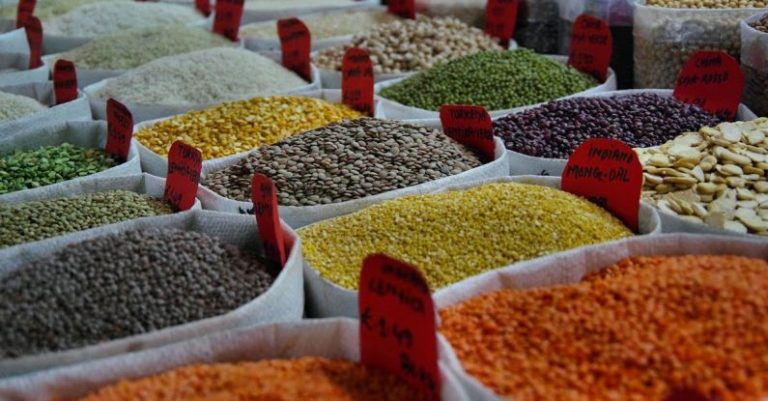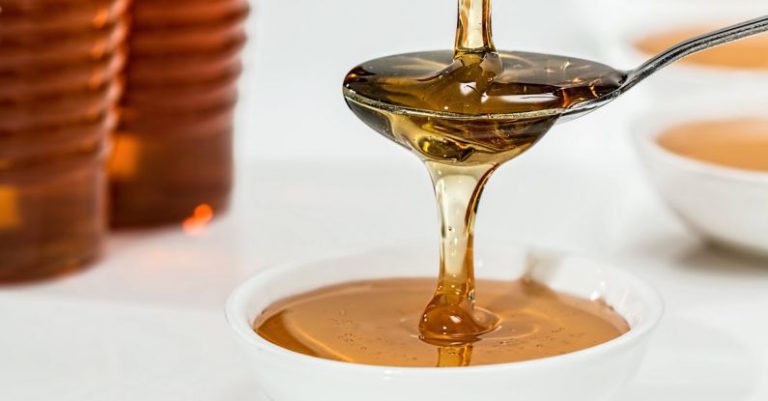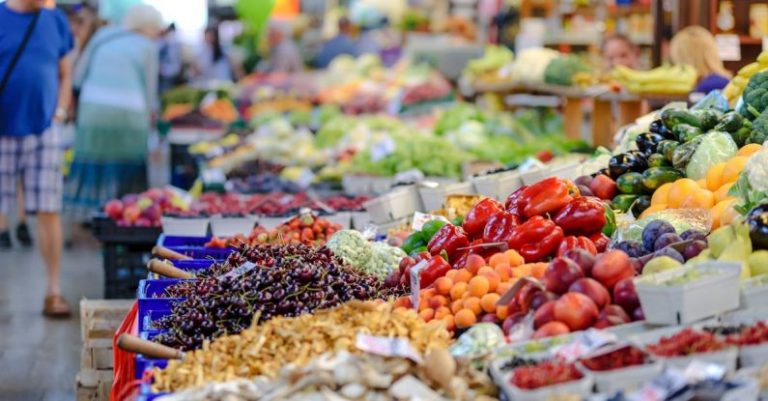
Seasonal ingredients play a crucial role in cooking, not only because of their freshness and flavor but also because they support local farmers and sustainable practices. Being able to identify seasonal ingredients is a valuable skill that can enhance your culinary experience and help you create dishes that are at their peak in terms of taste and nutrition. In this article, we will explore various ways to identify seasonal ingredients and make the most of what each season has to offer.
Understanding the Seasonal Calendar
One of the simplest ways to identify seasonal ingredients is to familiarize yourself with the seasonal calendar. Each season brings its own bounty of fruits, vegetables, and other produce that thrive in the specific climate and conditions of that time of year. By knowing what typically grows during each season, you can make more informed choices when shopping for ingredients. For example, in the summer, you can expect to find an abundance of berries, tomatoes, and corn, while winter brings hearty root vegetables like carrots, potatoes, and parsnips.
Visit Farmers’ Markets
Farmers’ markets are a treasure trove of seasonal ingredients. By visiting your local farmers’ market, you can see firsthand what produce is in season and connect with the farmers who grow it. Farmers’ markets often have signs or labels indicating which products are in season, making it easier for you to choose the freshest and most flavorful ingredients. Additionally, buying from farmers’ markets supports local agriculture and reduces the environmental impact of transporting food over long distances.
Look for Sales and Discounts
Another way to identify seasonal ingredients is to keep an eye out for sales and discounts at your local grocery store. Often, stores will offer discounts on fruits and vegetables that are in season and in abundance, making it a cost-effective way to enjoy fresh produce. By taking advantage of these sales, you can experiment with new ingredients and recipes while also saving money.
Consider the Climate and Geography
Climate and geography play a significant role in determining which ingredients are in season in a particular region. For example, tropical fruits like mangoes and pineapples are more likely to be in season in warmer climates, while cold-weather crops such as kale and Brussels sprouts thrive in cooler regions. By considering the climate and geography of your location, you can narrow down the list of ingredients that are likely to be in season at any given time.
Embrace Seasonal Eating
One of the best ways to identify seasonal ingredients is to embrace seasonal eating as a way of life. By focusing on using ingredients that are in season, you not only enjoy the freshest and most flavorful produce but also support sustainable agriculture practices. Seasonal eating encourages you to be creative with your cooking, as you adapt to the changing availability of ingredients throughout the year.
Make the Most of Preserving and Storing
While fresh seasonal ingredients are a delight to cook with, it’s also essential to make the most of preserving and storing them for later use. Techniques such as freezing, canning, pickling, and drying can help you enjoy seasonal ingredients long after their peak season has passed. By preserving and storing seasonal ingredients, you can savor the flavors of each season throughout the year.
Incorporate Seasonal Ingredients into Your Recipes
Finally, one of the most effective ways to identify seasonal ingredients is to incorporate them into your recipes. Whether you’re making a simple salad, a hearty stew, or a decadent dessert, using seasonal ingredients can elevate the flavors of your dishes and showcase the best of what each season has to offer. Experimenting with seasonal ingredients can lead to new culinary discoveries and inspire you to explore the rich diversity of flavors available throughout the year.
Conclusion: Embracing the Bounty of Each Season
Identifying seasonal ingredients is a rewarding experience that can enhance your cooking skills and deepen your appreciation for the natural rhythms of the seasons. By understanding the seasonal calendar, visiting farmers’ markets, looking for sales and discounts, considering climate and geography, embracing seasonal eating, preserving and storing ingredients, and incorporating seasonal produce into your recipes, you can make the most of what each season has to offer. So next time you’re in the kitchen, take a moment to savor the flavors of the season and let them inspire your culinary creations.





